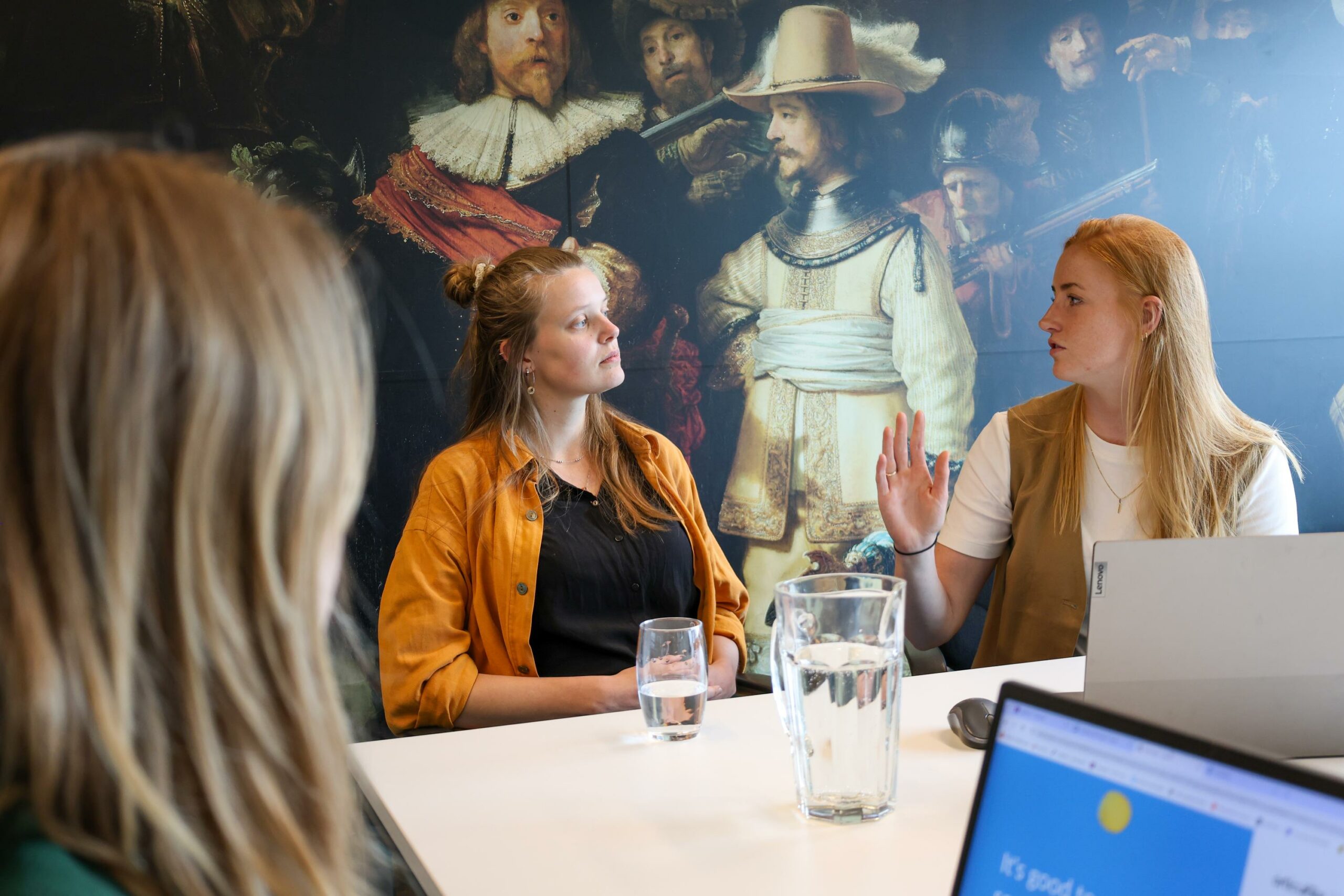
Hi Felicia,
Nice question! To explain how we look at the target audience and work with the target audience when creating our learning solutions, let me first reflect on the “why”. Why is it important to step out of your own bubble and broaden your view?
The reason why
Let’s start with something we all know, but may not always be aware of: living in your own bubble. Your comfortable, invisible bubble in which we like to live. For example, look at your circle of friends: aren’t your friends often a reflection of yourself? Or your timeline on social media: it’s probably perfectly aligned with your interests, opinions and preferences. Delightful! It provides a sense of security and offers comfort. At the same time, this bubble can result in a lack of diverse insights because you only hear what you already think and believe. This can narrow your view of the world. Reasoning from your own bubble can lead to assumptions about the target audience, which in turn can lead to misunderstandings. And in the end, that doesn’t benefit anyone. To create a learning solution that connects with the target audience, meets expectations and makes real impact, we step out of our “orange inBrain bubble” and go on an expedition. How? I’ll explain that to you!

From insight to impact
Our projects go through several phases, in which figuring out and involving the target audience is a recurring theme.
We too have our assumptions at the beginning of a project: officials like to read, firefighters learn as practically as possible, and doctors want to be formally addressed. With any target group, these kinds of assumptions are potentially at play. But are they correct? The way to find out: a target audience survey. It is not without reason we start our project with analyzing all kinds of information, of which retrieving information about the target audience is an important part. The consultant talks to clients and content experts about (among other things) the target audience. This includes topics such as demographics, gender and work experience, which help us outline a basic profile.
The danger of a conversation about the target audience is that assumptions may lie in wait here, too. That’s why we also talk with the target audience itself. We discuss their needs, what motivates them to engage with the subject and also what preferences they have in terms of online learning. And not only content is important. The consultant is also alert to the atmosphere, manners and other “unexplainable” elements that give us a feel for unwritten rules that are at play with the target group. We actually step into that “bubble” of the target audience and use the information retrieved in everything we come up with in the remainder of the project. From the way we address the participant to the visual design, in order to create a module that matches the target group’s reality as closely as possible.
Once the module’s content and technology are in place, another ideal time to involve the target audience arises. By giving them space to test the module. After all, they themselves can best judge whether they were and remain captivated and whether it became a motivating, educational and easy-to-follow module. During such a pilot test, we are curious about how the target group uses the module, which parts work well and where possible areas for improvement lie. We use this feedback to identify potential problems and fine-tune the learning solution.

Step out of your own bubble
So step out of your own bubble, be open to feedback from the target audience and appreciate their perspective. A successful e-learning module is one that not only conveys knowledge, but does so in a way that suits the participants. And this is different with each target group. This is the only way to create an effective learning experience that really makes a difference. Do you have any questions about this? Let me know!
Not only our learning solutions, but also our learning platform is able to adapt to the target audience. @Sander, can you explain how adaptivity of our LMS can prevent participant frustration?
Greetings!
Sterre

Sterre Roelofs is project manager at inBrain. With her transparent communication and tight management of expectations, she leads our projects in the right direction!






